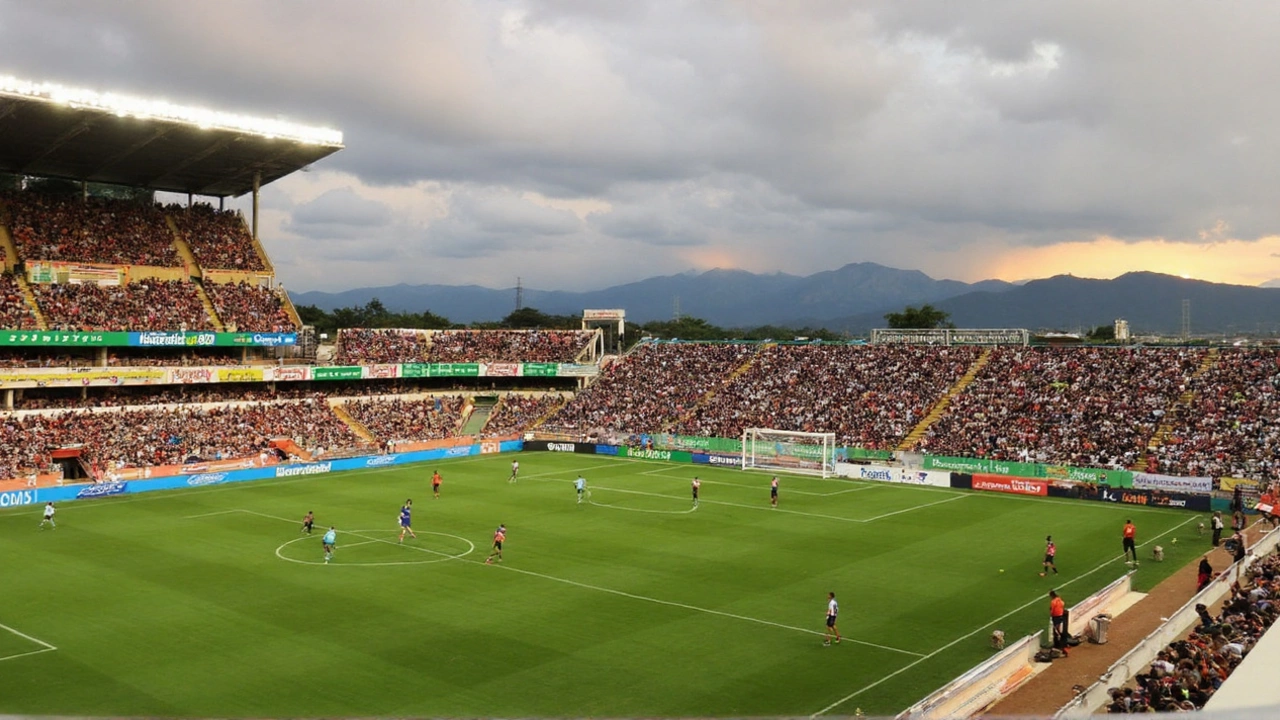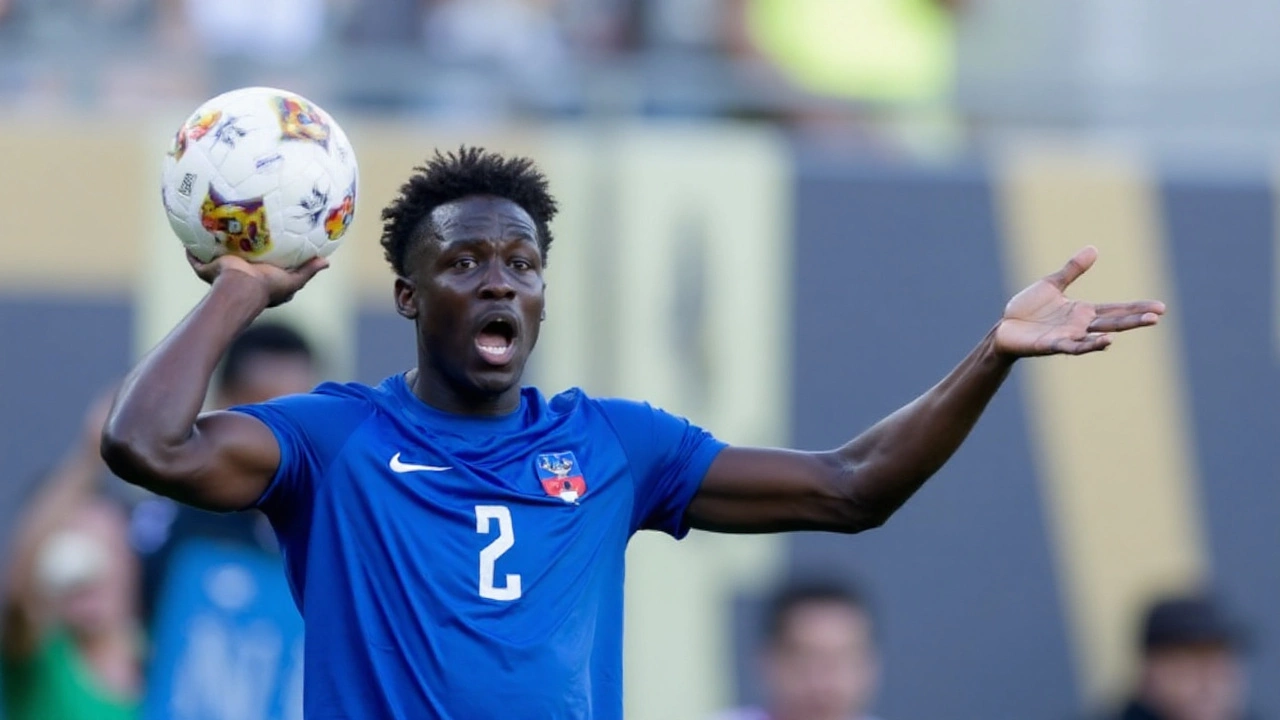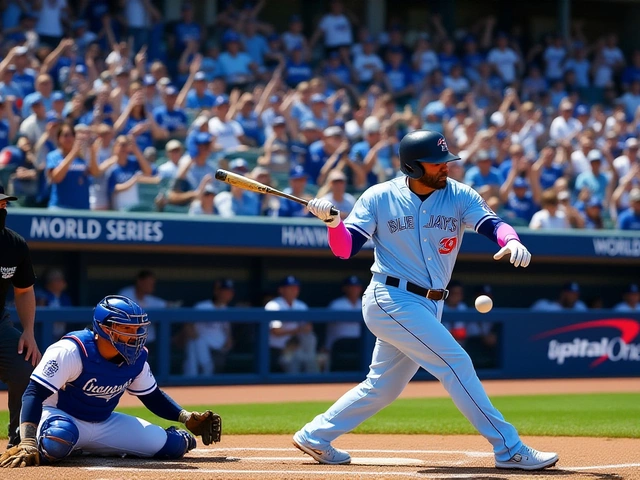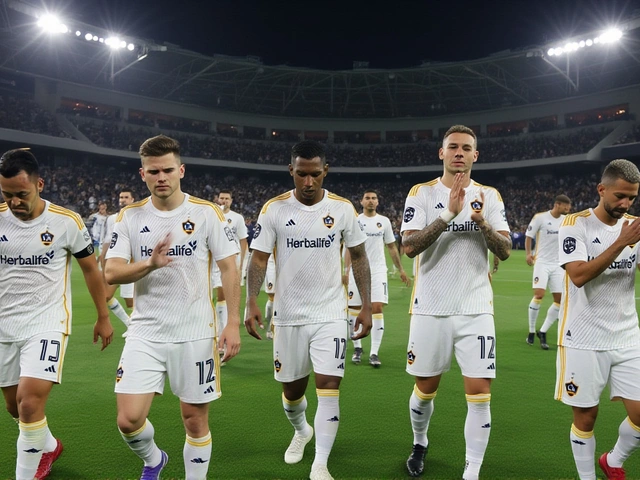
A packed summer slate, two cross-border hosts, and a rivalry final that lived up to the hype. The 2025 Concacaf Gold Cup stretched from June 14 to July 6 across 14 stadiums in 11 metropolitan areas in the United States and Canada, ending with Mexico edging the United States 2-1 at NRG Stadium in Houston to secure a record-extending 10th championship.
The path to that night started months earlier. Concacaf set the board with an official draw in Miami on April 10, mapping out the group stage, the potential knockout paths, and the road to Houston. The field featured 16 teams: 15 from the region, qualified via the Nations League and Gold Cup Prelims, plus invited guest nation Saudi Arabia. Tickets went on sale April 17 at 10 a.m. local time, and venues—weighted toward the Western U.S. to avoid clashes with the 2025 FIFA Club World Cup calendar—locked in doubleheaders, rest windows, and travel corridors designed to keep teams fresh while keeping fans in the action.
The schedule at a glance
The format stayed familiar: four groups of four, with the top two from each group advancing to the quarterfinals. The group stage ran June 14–24, quarterfinals on June 28–29, semifinals on July 2, and the final on July 6. In total, the tournament delivered 31 matches.
It started with a jolt. Opening night at SoFi Stadium in Los Angeles set the tone on June 14, with Mexico beating the Dominican Republic 3-2 in a five-goal swing that reminded everyone how thin the margins are in tournament play. The calendar then rolled through 11 metro areas, with scheduling arranged to cluster fixtures and limit cross-continent hops. Canada’s inclusion as co-host brought a few northern stops into the mix, adding a cross-border flavor without overloading travel.
Concacaf’s draw determined not just who played whom, but when and where teams would likely move if they advanced. That matters. A favorable group draw can also mean a friendlier quarterfinal travel day and an extra rest window, which showed up in the sharper second-half legs from teams that managed the pace well.
As ever, the broadcast footprint was broad, with partners covering English, Spanish, and regional feeds to reach fans throughout the Americas. Rights holders prepared for heavy weekend traffic, prime-time slots, and the expected spikes for the U.S., Mexico, and Canada fixtures.
- Key dates: Group stage (June 14–24), Quarterfinals (June 28–29), Semifinals (July 2), Final (July 6).
- Hosts: 14 stadiums in 11 metropolitan areas across the U.S. and Canada.
- Draw: April 10 in Miami, setting groups and knockout paths.
- Ticket sales: Opened April 17 at 10:00 a.m. local time.
Broadcast partners carried the entire run: Fox Sports and Tubi in the U.S. (English), TUDN and ViX in the U.S. (Spanish), Televisa, ViX, and TV Azteca in Mexico, OneSoccer and TSN in Canada, and ESPN and Star+ across the Caribbean, Central, and South America. For other territories, Concacaf distributed matches on its YouTube channel, with territory restrictions applied.

How the tournament unfolded
The U.S. started fast in the group stage. A 5-0 win over Trinidad and Tobago reset expectations, and a gritty 1-0 victory over guest team Saudi Arabia showed the group’s defensive organization could grind out results. A 2-1 win against Haiti closed the set, and with three wins, the Americans carried momentum into the knockouts.
Canada had a statement win of its own, thrashing Honduras 6-0. That result signaled that the tournament wouldn’t just orbit the Mexico–U.S. axis. The group stage produced tight finishes, late goals, and a couple of near upsets that kept knockout seeding volatile until the final matchdays.
From there, the rhythm was familiar: quarterfinals on June 28–29, semifinals on July 2, and a short runway to the final. The spacing gave medical staffs a fighting chance to manage minutes and knocks while coaches adjusted press triggers, set-piece looks, and rotation patterns. In a tournament with limited recovery windows, bench contributions often swing ties; this year was no different.
NRG Stadium got the final, and the matchup everyone expected—and wanted—arrived. Mexico versus the United States remains the region’s measuring stick game, and Mexico, the defending champions, made it count again. The 2-1 result sealed their back-to-back triumph and pushed their all-time tally to 10 Gold Cups, extending a record that’s become the benchmark for the confederation.
Why did it break Mexico’s way? Tournament experience, yes, but also control of big moments. They managed the tempo when the U.S. tried to speed transitions, and they were cleaner in the two penalty areas. Finals often hinge on the handful of sequences you remember the next morning; Mexico won most of those sequences.
Saudi Arabia’s cameo as the invited guest added a wrinkle. Competing outside their home confederation meant unfamiliar opponents and settings, yet their tight loss to the U.S. showed they could hang at this pace. For Concacaf, a guest team can sharpen edges—new styles, different spacing, and tactical puzzles that force quick learning in a short tournament.
The venue map favored the West early, which eased friction with the 2025 FIFA Club World Cup schedule and let organizers avoid stadium date collisions. That, plus the cross-border footprint, delivered a tour of major markets without overtaxing teams with coast-to-coast jumps.
Logistics aside, the football held up. Group play had the usual blend of cruise-control wins for the heavyweights and knife-edge games among chasing packs. The knockout rounds delivered what they’re built to deliver: urgency, tactical risk, and the occasional late twist. And the final, as often in this rivalry, came down to execution more than ideas.
For the United States, the takeaways sound familiar: lots of good work in buildup and off-ball structure, but the margins in finals against Mexico are thin. For Canada, that big Honduras win felt like a reminder that, on the right day, their ceiling is high. For the rest of the region, the Gold Cup remains a stage to test new cores, blood young players, and crash the party.
The 2025 edition will be remembered for the schedule’s breadth, the tight finish lines in the groups, and Mexico’s title defense on U.S. soil. For the organizers, the blueprint—clear date lines, tight travel lanes, broad broadcast reach—did its job. For fans, three weeks flew by, and Houston got a final worthy of the build-up.



